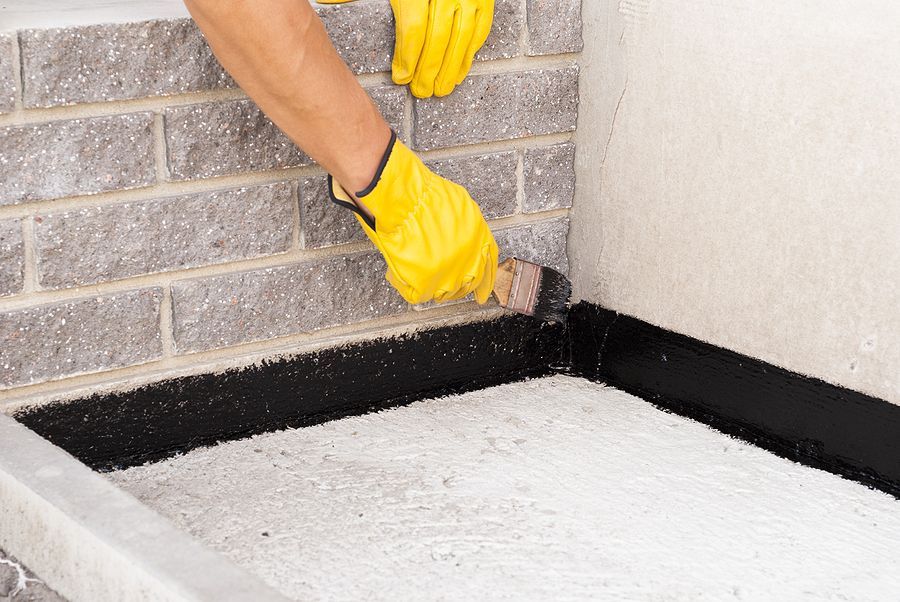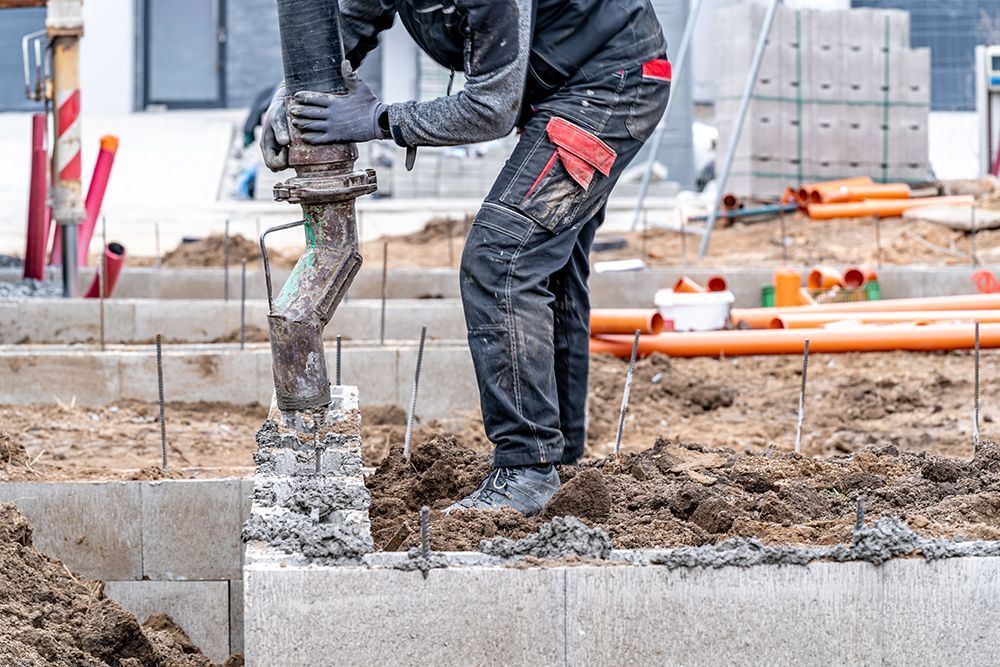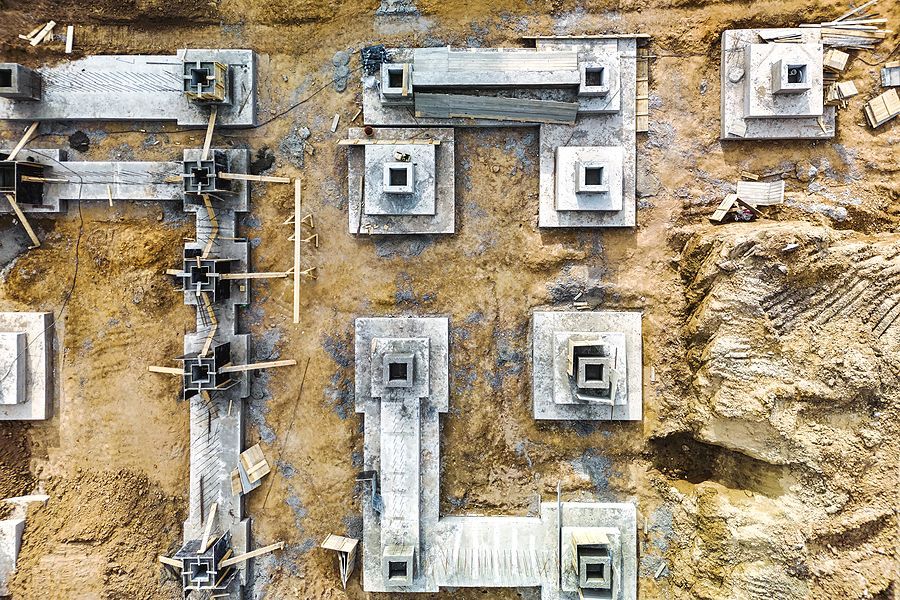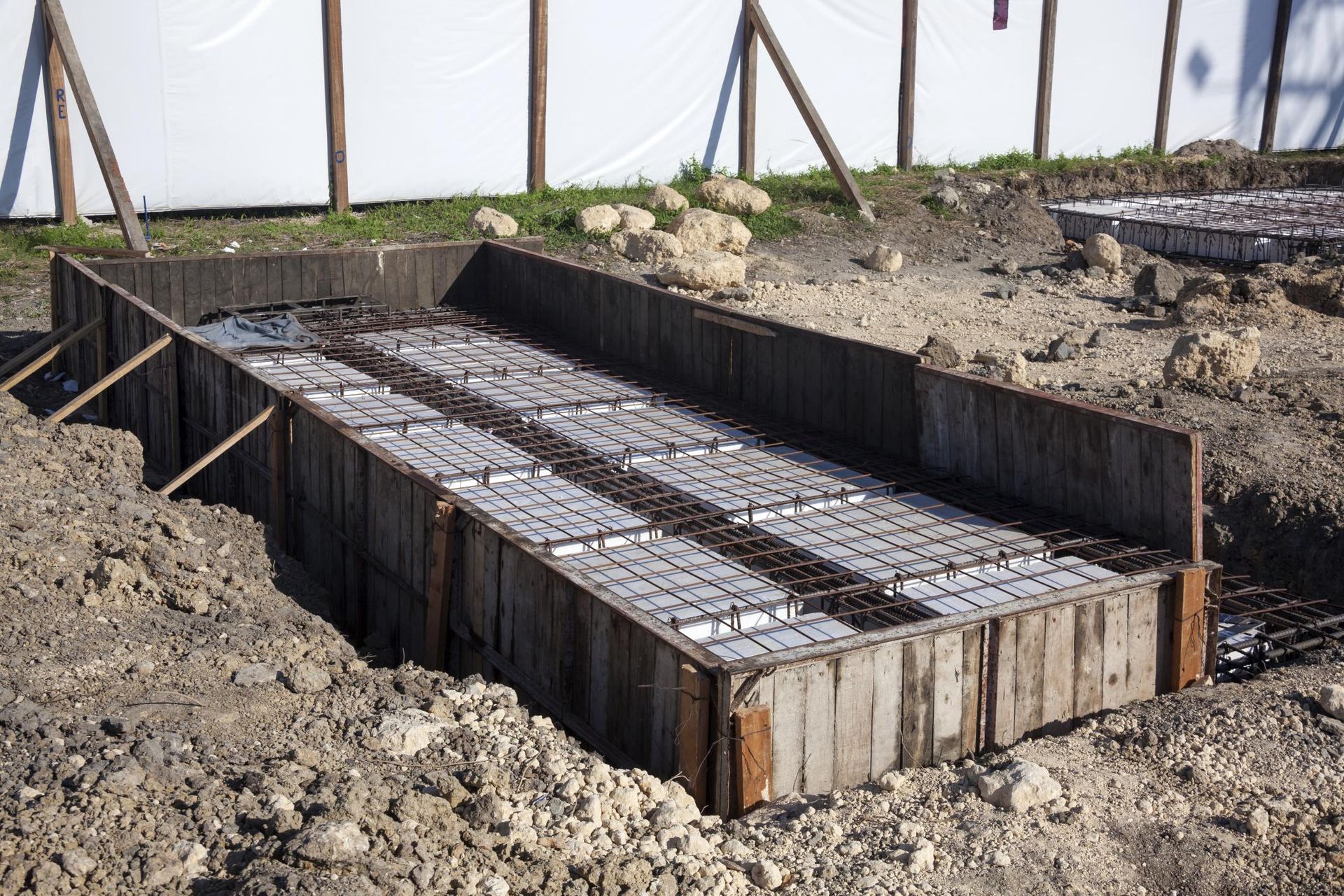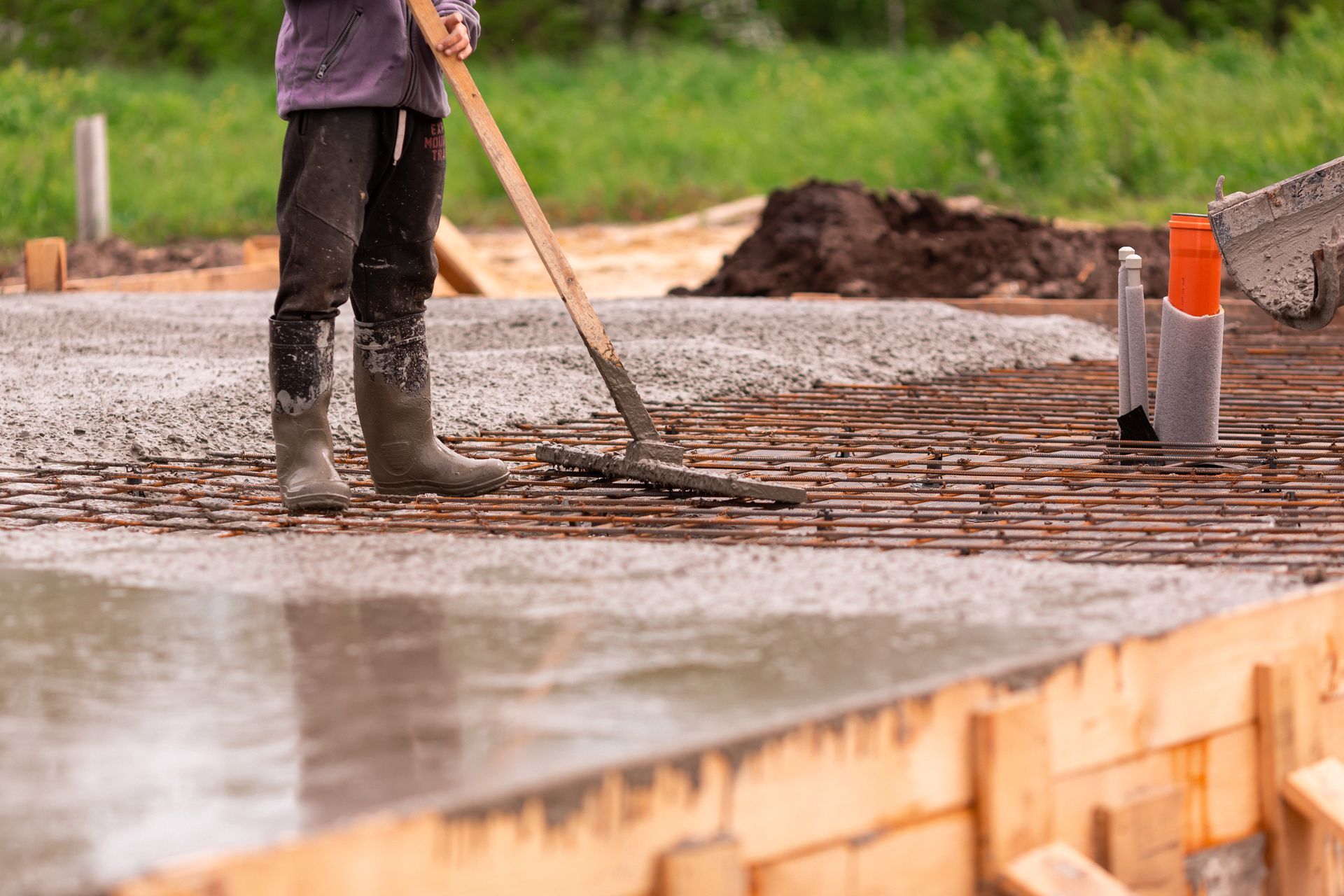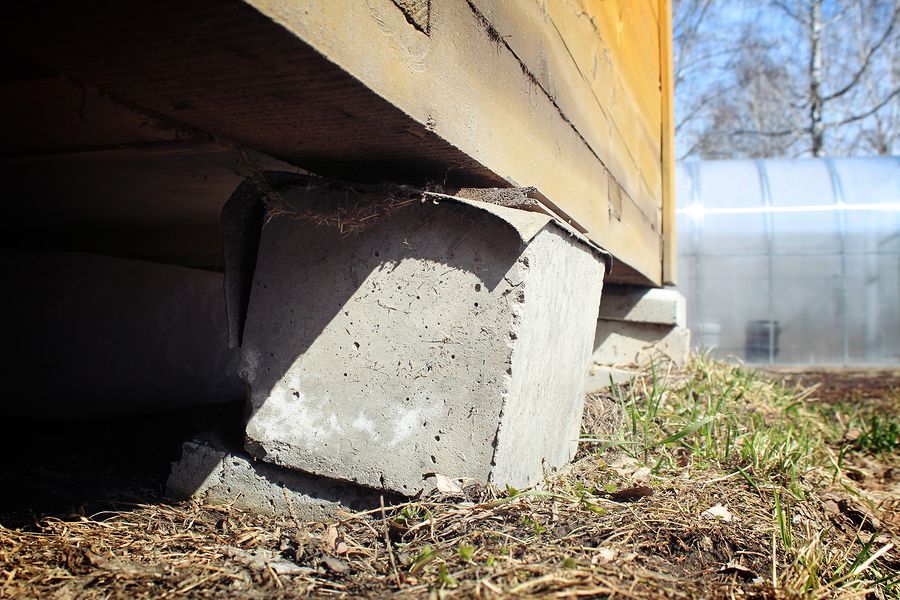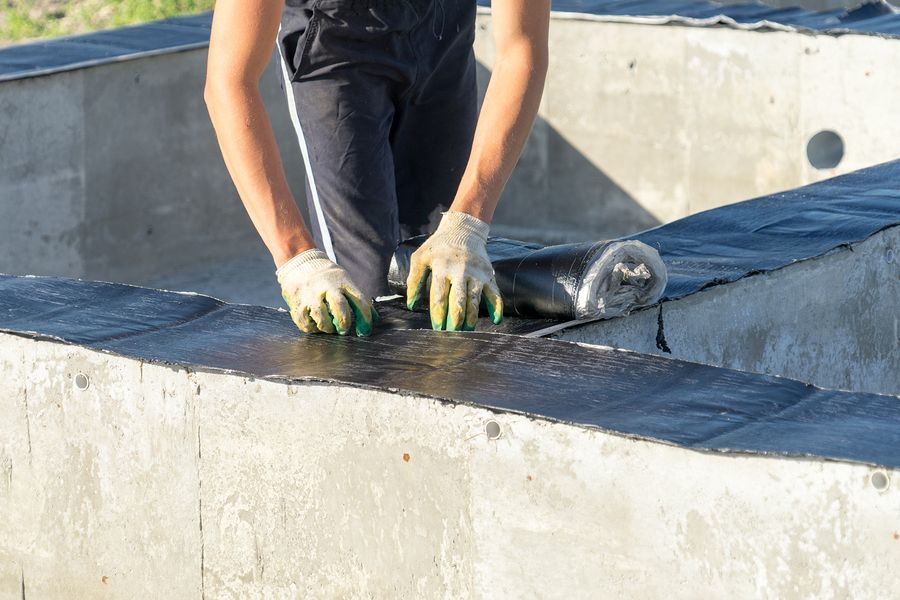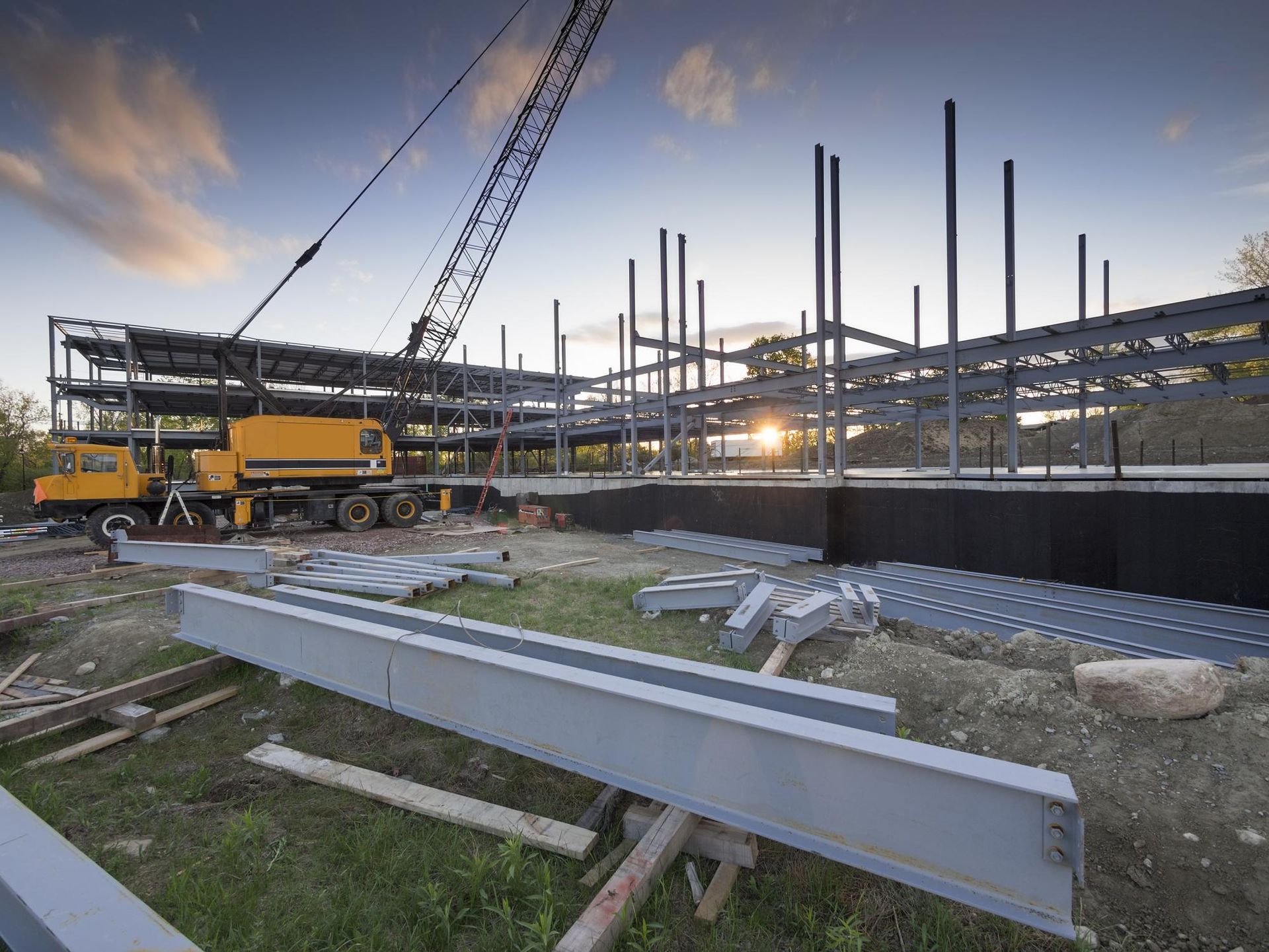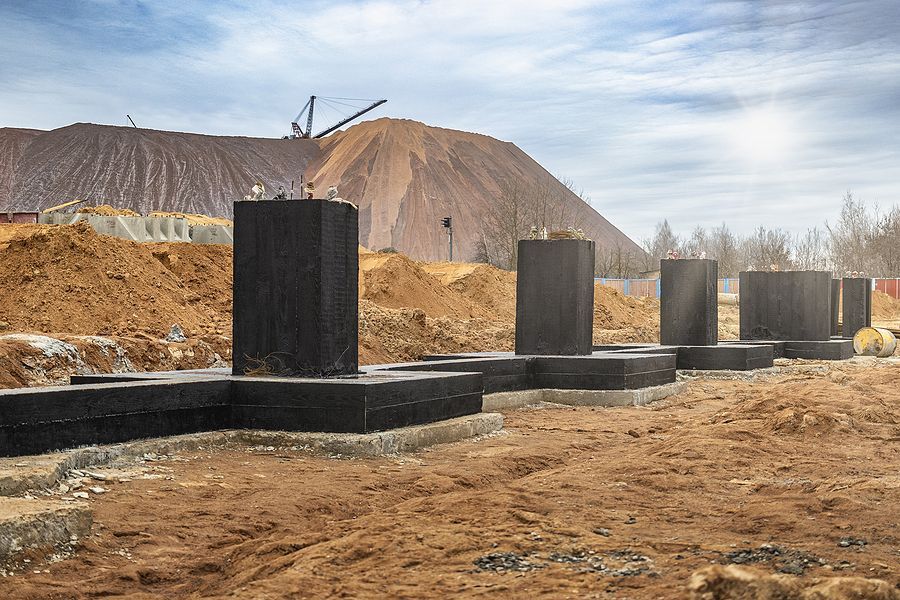Safety and Compliance: Ensuring a Secure Pier and Beam Repair
Navigating the World of Pier and Beam Foundation Repairs with Safety in Mind
Pier and beam foundations are a common structural choice for homes, known for their durability and stability. However, like any part of a house, they may require repairs over time. When it comes to pier and beam repair, safety and compliance should always be a top priority. In this comprehensive guide by Columbus Foundation Repair Pros, we will delve into the essential aspects of ensuring safety and compliance during pier and beam foundation repair.
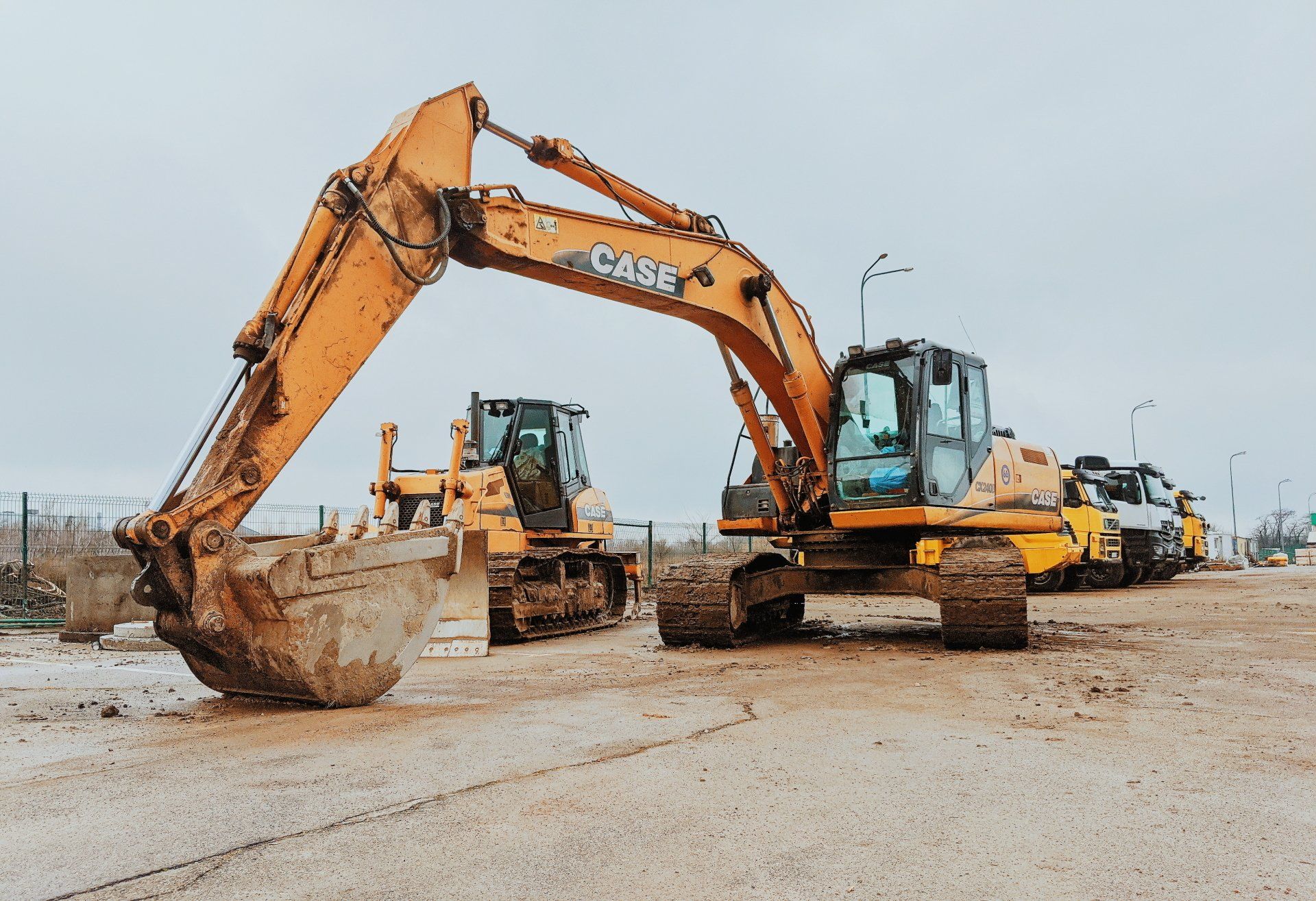
Understanding the Basics
Before we delve into the importance of safety and compliance, it's crucial to understand the fundamentals of pier and beam foundations and the need for repairs. A pier and beam foundation consists of a network of concrete piers and wooden beams that support a structure. Over time, due to various factors such as soil movement, moisture, and age, these foundations may develop issues that necessitate repairs.
Why Safety Matters
Safety should never be compromised when undertaking any repair project, especially one involving the foundation of a home. Here are some key reasons why safety during pier and beam repairs is paramount:
- Personal Safety: Ensuring the safety of workers and homeowners involved in the repair process is a moral and legal obligation. Accidents and injuries can be prevented with the right safety measures in place.
- Structural Integrity: Proper safety practices also contribute to maintaining the structural integrity of the home. Neglecting safety precautions can lead to further damage or compromised stability.
- Compliance with Regulations: Building codes and regulations exist to safeguard occupants and property. Failure to adhere to these codes can result in legal consequences and problems with homeowners' insurance.
Adhering to Building Codes and Regulations
Now that we understand the significance of safety, let's explore the crucial aspect of adhering to building codes and regulations during pier and beam foundation repairs:
1. Local Codes and Permits
Every region has its own set of building codes and permit requirements for foundation repair. It is essential to research and comply with these regulations. Hiring a professional foundation repair company well-versed in local codes is a wise decision.
2. Structural Engineering
In many cases, a structural engineer's input is required to assess the extent of the damage and provide recommendations for repair. Following their guidance ensures that the repair work meets safety and compliance standards.
3. Quality Materials and Workmanship
Using high-quality materials and skilled workmanship is vital for both safety and compliance. Cheap or substandard materials can lead to further issues and may not meet code requirements. A reputable foundation repair company will use the best materials and employ experienced professionals.
4. Inspection and Documentation
Regular inspections at various stages of the repair process are essential to ensure compliance with codes. Documenting these inspections and the work done is crucial for future reference and potential resale of the property.
5. Foundation Repair Contractors
Choosing the right foundation repair contractor is pivotal. Look for companies with a proven track record of compliance with local codes and regulations. Research their qualifications, licenses, and certifications, and ask for references from previous clients.
6. Permits and Approvals
Depending on the extent of the repair work, you may need permits and approvals from local authorities. It's essential to apply for these in a timely manner to avoid any legal issues down the road.
Safety Measures During Repairs
Ensuring safety during pier and beam repairs involves implementing specific measures:
1. Safety Gear
Workers should be equipped with appropriate safety gear, including helmets, gloves, eye protection, and steel-toed boots. This protective gear minimizes the risk of injuries from falling objects and accidents.
2. Ventilation
Proper ventilation is crucial when working in confined spaces, such as crawl spaces beneath the house. Adequate airflow helps prevent exposure to harmful gases and provides a more comfortable working environment.
3. Stabilization
Before any repair work begins, the structure must be stabilized to prevent any sudden movements or collapses. Temporary supports, such as jacks and braces, are commonly used for this purpose.
4. Safe Practices
Workers should be trained in safe construction practices, including proper lifting techniques, ladder safety, and fall prevention. Regular safety meetings and reminders can help maintain a culture of safety on the job site.
5. Hazard Identification
Identifying potential hazards is crucial. This includes recognizing the presence of hazardous materials like asbestos and taking appropriate measures to handle them safely.
6. Emergency Preparedness
Having a well-defined emergency response plan in place is essential. This plan should include procedures for handling accidents, injuries, and unexpected structural issues.
Foundation Repair Company Near Me
If you're in need of pier and beam foundation repair services, it's important to find a reliable and reputable company near you. Searching for "foundation repair company near me" can yield results that are convenient and familiar with local building codes and regulations.
The Importance of Regular Maintenance
In addition to understanding the significance of safety and compliance during pier and beam foundation repairs, it's essential to recognize the value of regular maintenance. Proactive maintenance can help identify and address potential issues before they escalate into costly repair projects. Here are some maintenance tips to consider:
1. Moisture Management
Moisture is a common enemy of pier and beam foundations. Excessive moisture can cause wooden beams to rot and concrete piers to weaken. Implementing proper moisture management techniques, such as installing moisture barriers and ensuring adequate ventilation in crawl spaces, can go a long way in preventing damage.
2. Inspection Routine
Regular inspections of your pier and beam foundation are essential. Look for signs of trouble such as cracks in the concrete piers, sagging or uneven floors, and gaps between beams and piers. Early detection can help you address issues before they worsen.
3. Soil Stability
The soil beneath your foundation plays a significant role in its stability. Changes in soil moisture and composition can impact the foundation's integrity. If you notice signs of soil movement or settling, it's crucial to consult with a professional to assess the situation and take necessary preventive measures.
4. Drainage Systems
Effective drainage systems around your home can prevent excess water from seeping into the soil beneath the foundation. Ensure that your gutters, downspouts, and grading are directing water away from the foundation to maintain a stable foundation.
5. Professional Maintenance
Consider scheduling regular professional inspections and maintenance with a foundation repair company. They have the expertise and tools to perform thorough assessments and recommend necessary preventive measures.
Avoiding DIY Repairs
While it's tempting to save money by attempting DIY pier and beam repairs, it's crucial to understand that foundation repair is a complex task that requires specialized knowledge and equipment. Attempting to repair the foundation yourself can lead to further damage, safety hazards, and non-compliance with building codes.
Foundation repair professionals have the training and experience to assess the extent of the damage accurately and implement effective solutions. Hiring experts not only ensures the safety and stability of your home but also helps you stay in compliance with local regulations.
Conclusion
In conclusion, safety and compliance are of utmost importance when it comes to pier and beam foundation repairs. Understanding the basics of pier and beam foundations, adhering to building codes and regulations, and implementing safety measures are essential steps in protecting your home and ensuring the longevity of your foundation.
Regular maintenance and proactive measures to prevent foundation issues can save you time, money, and stress in the long run. Remember that foundation repair is not a DIY project, and it's best left to
experienced professionals who can guarantee safety, compliance, and the preservation of your home's structural integrity. By prioritizing these factors, you can enjoy peace of mind and a secure foundation for your cherished home.

